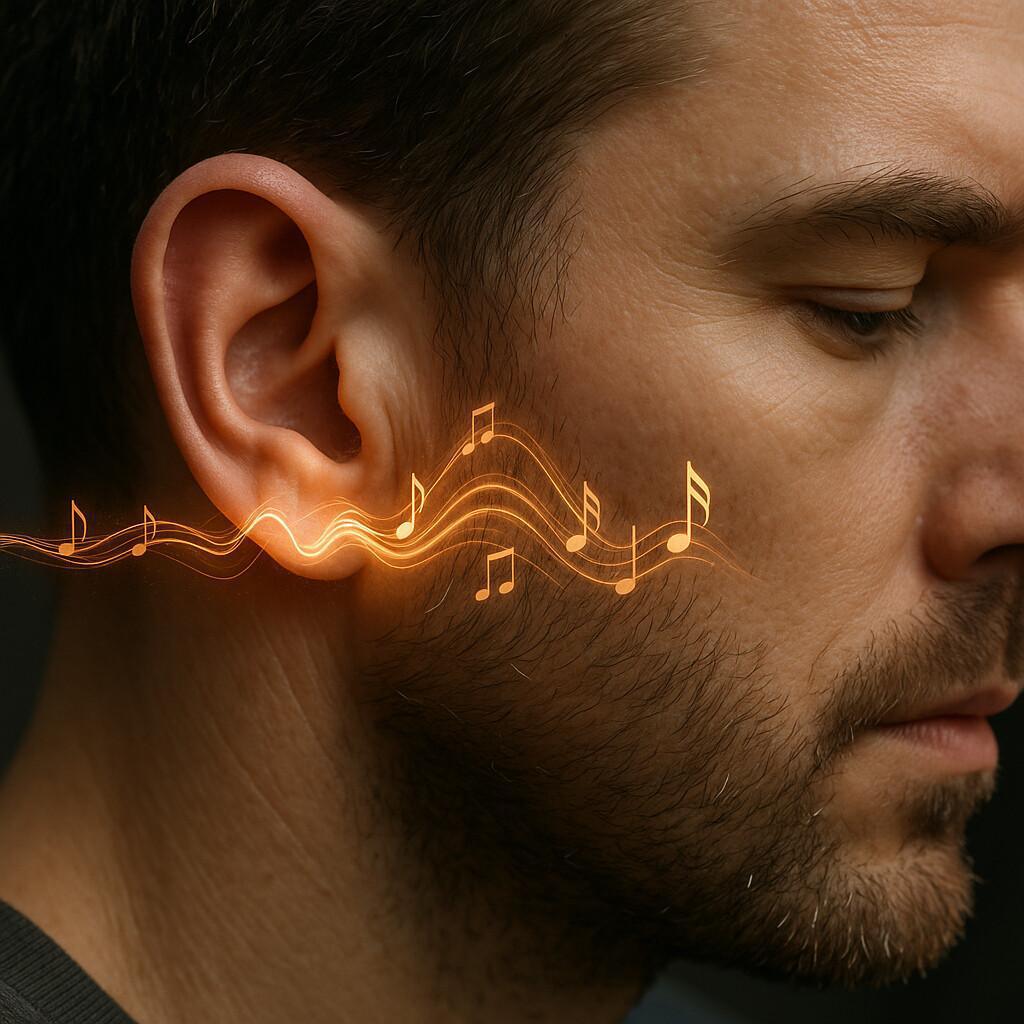In a world increasingly filled with the static of digital notifications, traffic noise, and hurried conversations, the idea of lying down, closing your eyes, and letting a wash of sound envelop you has an undeniable allure. Sound bath therapy is exactly that: an immersive auditory experience where harmonic vibrations—produced by instruments such as crystal singing bowls, gongs, chimes, and tuning forks—flow over participants, inducing deep relaxation. While the term "bath" suggests water, here it refers to being metaphorically “bathed” in sound waves that resonate not only in the ears but through the body itself.
The practice has ancient roots. From Tibetan singing bowls to Indigenous drumming ceremonies, sound has long been used as a tool for spiritual connection and healing. Modern sound bath therapy draws from these traditions but also incorporates contemporary understandings of acoustics, frequency, and physiology. Sessions often take place in dimly lit rooms or open natural settings, with participants lying comfortably on mats while the practitioner slowly builds layers of resonant tones. Unlike music therapy, sound baths typically avoid melody and rhythm in favor of sustained, immersive sounds that invite stillness rather than activity.
The neuroscience of sound baths begins with the way the brain processes frequency and rhythm. Sound waves enter through the ear canal, causing the eardrum and ossicles to vibrate, which in turn moves fluid in the cochlea. Hair cells translate this mechanical energy into electrical signals that travel via the auditory nerve to the brain’s auditory cortex. But unlike music that engages higher-order processing—lyrics, melodies, harmonies—sound baths often operate at a more primal level, stimulating brainwave activity through steady, low-frequency tones. These tones can entrain the brain into slower rhythms such as alpha (8–12 Hz) and theta (4–8 Hz) waves, which are associated with meditative states and deep relaxation.
In addition to brainwave entrainment, research suggests that sound baths may influence the autonomic nervous system. The sustained tones and absence of jarring shifts help activate the parasympathetic branch—the “rest and digest” mode—reducing heart rate, lowering blood pressure, and decreasing levels of cortisol, the stress hormone. This neurological shift may partly explain why participants often report a sense of timelessness, reduced anxiety, and improved sleep after a session. The brain, bathed in calming frequencies, subtly adjusts its operating patterns away from the hypervigilant state that chronic stress can produce.
From a neurochemical perspective, deep relaxation induced by sound can trigger the release of endorphins and dopamine, the body’s natural feel-good chemicals. These changes enhance mood regulation and create a feedback loop: the calmer the nervous system becomes, the more receptive it is to sustained relaxation. Interestingly, preliminary studies have noted reductions in markers of inflammation following regular sound therapy sessions, hinting at a link between auditory stimulation and immune function—though more robust research is needed to confirm this relationship.
The experience itself is both highly physical and deeply psychological. Many describe feeling the vibrations in their chest or abdomen as if the sound were massaging internal tissues. This is not merely poetic language; low-frequency sounds create actual physical oscillations that can be felt through bone conduction. Psychologically, the absence of structured musical patterns frees the mind from anticipating “what comes next,” allowing it to drift into a state akin to waking dreams. In some cases, suppressed memories or emotions may surface during or after the session, prompting both catharsis and reflection.
Cultural perspectives also shape the way sound baths are understood. In some traditions, the instruments are believed to balance energy centers in the body, or chakras, while in others they are considered tools for synchronizing human consciousness with the rhythms of nature. While Western science has not validated all of these claims, it increasingly acknowledges that sound has profound effects on human physiology and psychology—effects that can be therapeutic regardless of the metaphysical framework applied.
For individuals seeking stress relief, sound bath therapy offers a low-barrier form of self-care. It requires no physical exertion, prior knowledge, or expensive equipment—only the willingness to be still and receptive. This accessibility makes it particularly appealing for those with limited mobility, high anxiety, or chronic pain. Practitioners often tailor sessions to specific needs, adjusting frequency ranges and sound textures to optimize comfort and impact.
However, sound baths are not a universal cure-all. People with certain neurological conditions, such as epilepsy triggered by auditory stimuli, may need to consult a healthcare provider before participating. Likewise, those with hearing impairments may experience the session differently, focusing more on physical vibration than tonal nuance. Practitioners also caution that deeply immersive sound can occasionally provoke unexpected emotional responses, underscoring the need for supportive and experienced facilitation.
The scientific community’s interest in sound-based therapies is growing, with research exploring their role in pain management, anxiety reduction, and trauma recovery. Institutions are beginning to integrate sound baths into wellness programs for healthcare workers, veterans, and students, seeing them as complementary to established treatments. If ongoing studies continue to show measurable benefits—lower cortisol levels, reduced heart rate variability, improved mood regulation—sound baths may find a secure place alongside other evidence-based relaxation techniques.
In the end, sound bath therapy sits at the intersection of ancient ritual and modern neuroscience. Whether understood as a spiritual cleansing, a sensory journey, or a neurophysiological reset, the practice taps into something deeply human: the need to be enveloped in sound, to surrender to waves of vibration, and to emerge feeling renewed. Like water, sound has the power to carry us—sometimes to places our minds cannot reach on their own.


